The tiny house trend, which has increased in popularity in recent years, actually has a history that goes back to old periods. The micro-living movement, which is based on tents, igloos, and huts, became the order of the day as an architectural and social movement in the 70s.
The trend started in the USA with the reaction to the usual consumption habits, especially the period’s economic problems, and spread worldwide over time. It was a lifestyle made up of necessity with the economic and social conditions of the period, but has become an alternative way of life today. It provides less cost and carbon footprint, is sustainable and portable, is close to nature, and has minimal life, so it can attract attention easily.
So, what exactly is a tiny house?
They are small houses that can change between 4-30 m2, are stable or portable, can be designed in preferred form and size, and can balance their cycles such as electricity and water. Bungalows, tree houses, mobile homes with wheels, truck and bus houses, and caravans can be examples for tiny houses. We can see kind of tiny house examples afloat as well as on land.
The tiny house movement brings the micro-living lifestyle with it. A minimal and less costly lifestyle has taken its place in metropolitan settlements. Microliving has appeared more often in big cities with residential types such as 1+1 and studio flats.
Many people have started to adopt the tiny house and micro living lifestyle as it is more economical, compact, sustainable and practical. In addition to being economical, micro-living emerges as an architectural solution in crowded cities with the increase in population and individualization today. We can observe different examples of the trend popularized in the USA, especially in the far Eastern countries. Especially in Japan, by using vertical architectural solutions instead of horizontal architecture is offers a different approach to traditional architecture.

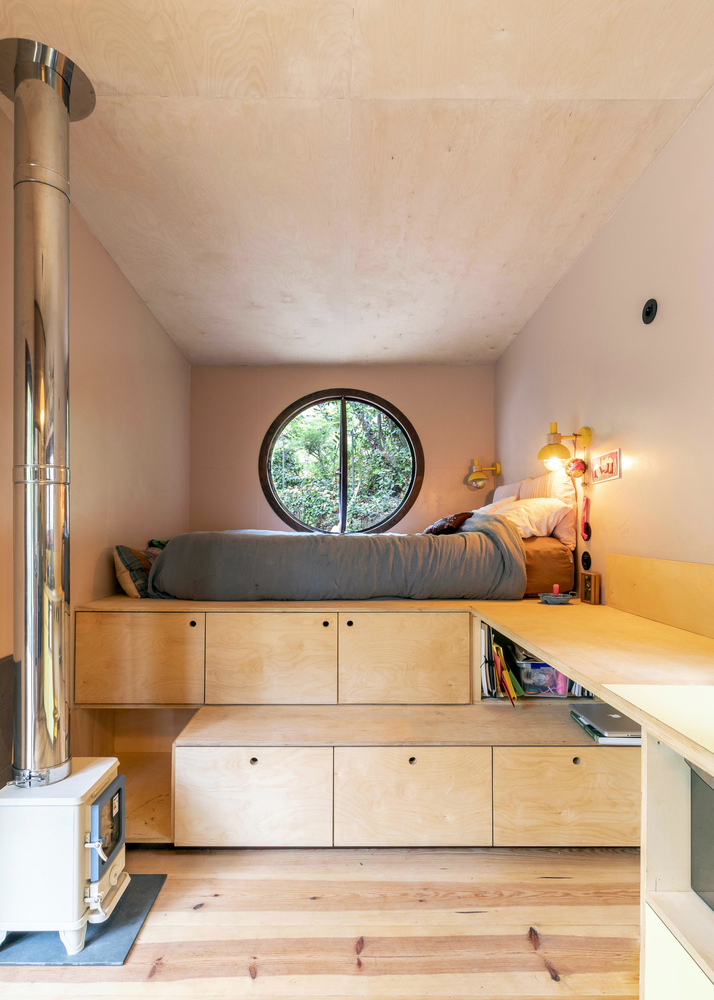
With increasing interest in the micro-living trend, designers and architects are developing creative and functional solutions for tiny homes. At the beginning of these are the efficient use of space and maximizing storage areas. Some place functions, such as bedroom, can be located on the mezzanine floor by increasing the ceiling heights to make the space more spacious and tidy and to provide easy circulation. At the same time living spaces can be relocated according to intended use with mobile platforms. The furniture also supplies the storage needs with maximum efficiency. Maximum efficiency can be obtained from furniture or space by having multiple functions.
To examine the tiny house culture with its pros and cons, the more important advantage is that it is less costly than other types of houses. It is environmentally friendly and sustainable, can easily adapt to renewable energy sources such as solar and wind energy, and provides minimum dependence on goods to allow faster and easier cleaning and organization. It also provides do-it-yourself opportunities for people who enjoy designing their living spaces. So you can design and build your own home! In addition to all these benefits, there are also disadvantages that can not be ignored. For example, adopting a minimal life can be difficult. This process affects people’s daily routines, and their psychological adjustment phase can be challenging.
Although the storage space is increased with creative solutions, conventional storage and living space limitations can be disadvantages. Limitation of movement space for elderly and disabled individuals, limited space for crowded families with children and, most importantly, limitation of privacy can be seen as disadvantages. Cleaning can be fast and easy but it can get dirty and untidy faster. Due to the compactness or the areas, it may not be easy to ventilate wet areas such as the kitchen and toilet. And one of the most important factors is that the zoning and laws are compelling for the tiny homes. Unfortunately, people can not set their houses on every land they prefer. If the micro-living life in nature is preferred, transportation to the city center should be considered.
With all its pros and cons, interest and demand for tiny houses is increasing day by day. Architectural studies and solutions are also developing with the returns of this demand. We can not be sure that tiny homes will become the primary housing typology in the future but we can say that it will increase its importance as an alternative lifestyle and strengthen its position among different alternatives.




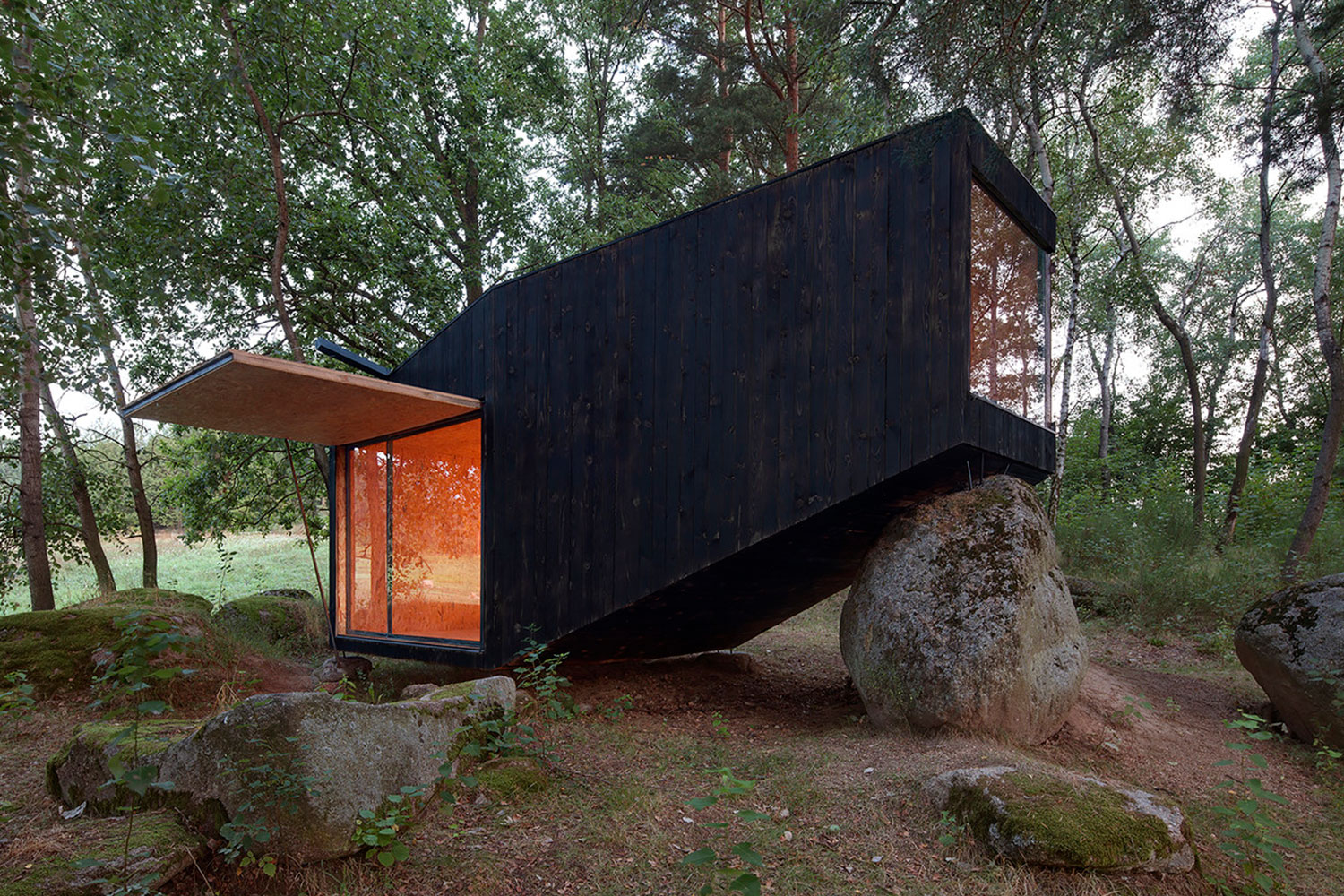
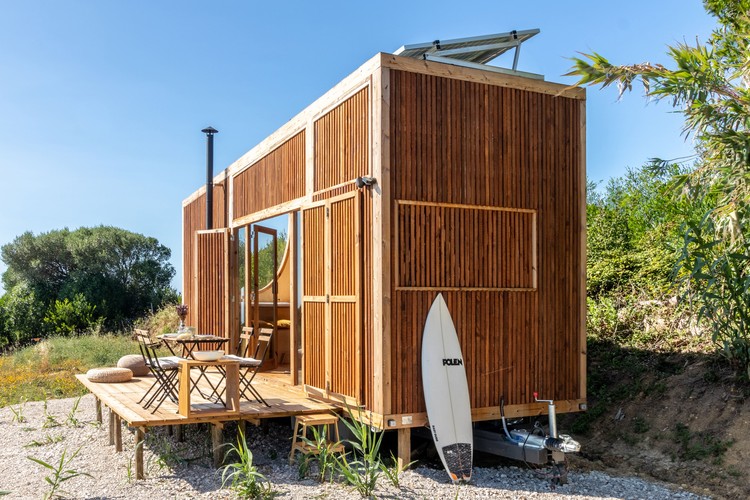
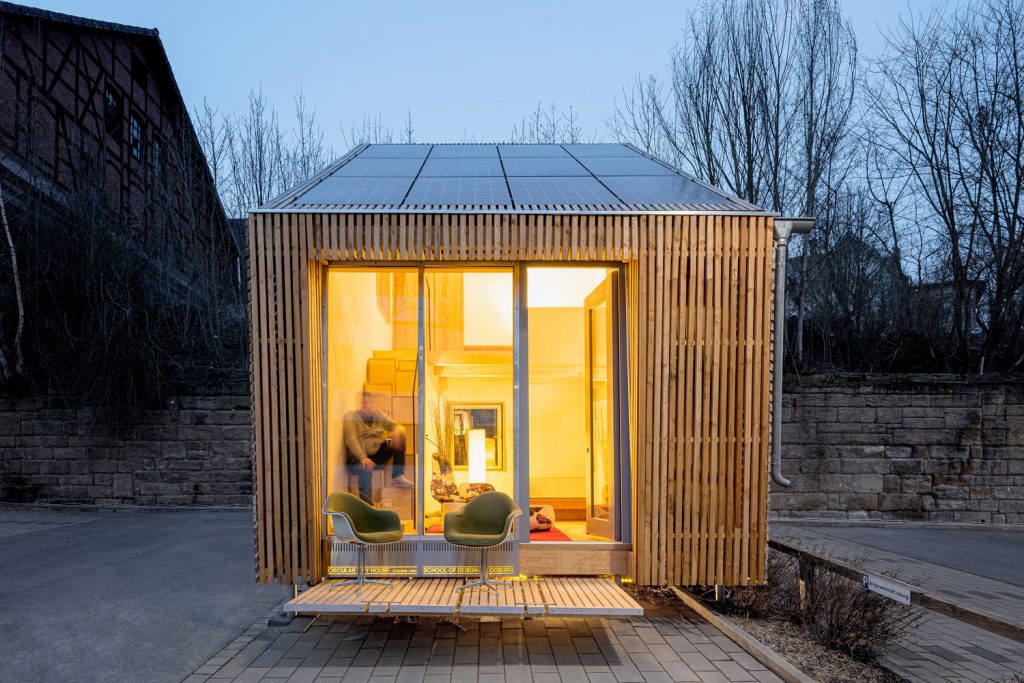
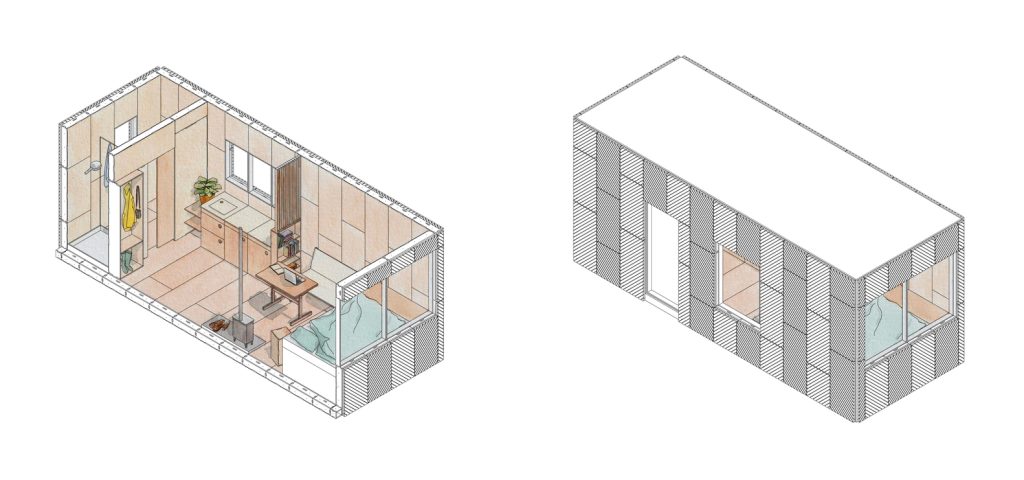














Leave a comment